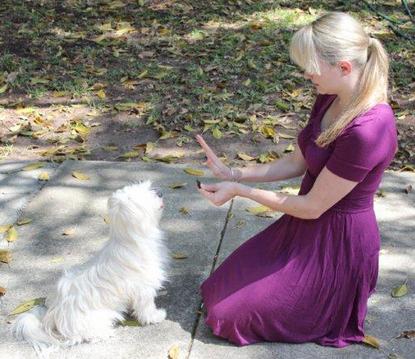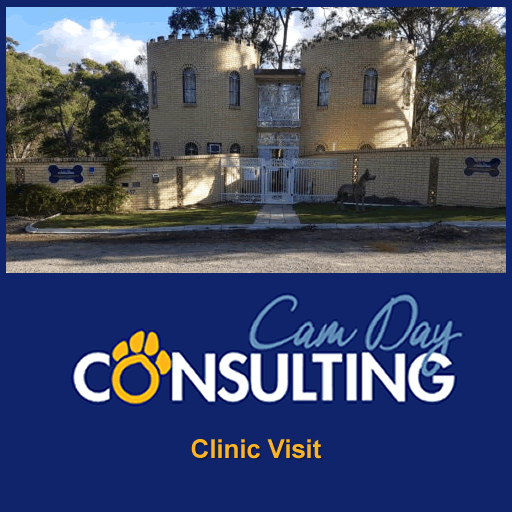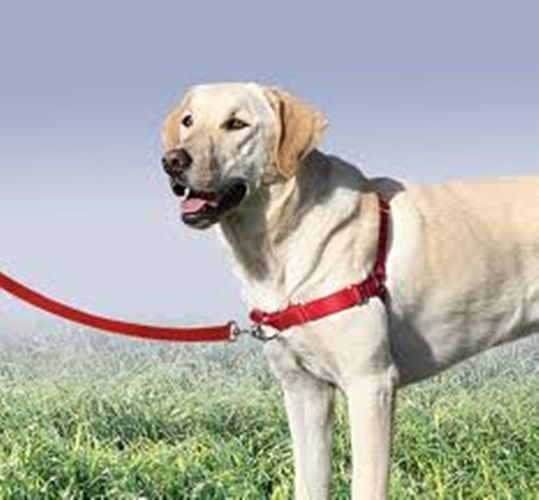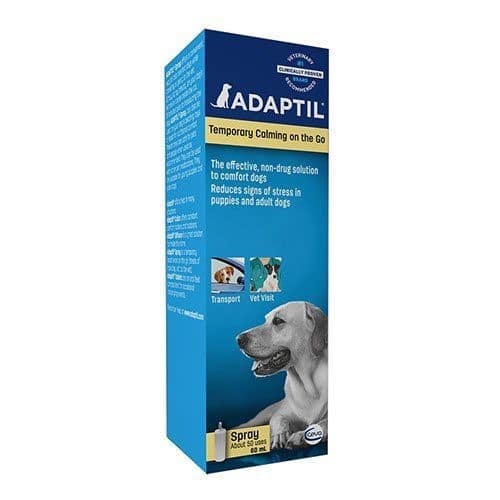Dog-to-dog aggression is a risk when it occurs on the street
If your dog is snapping, snarling, biting and lunging at other dogs you meet when walking then I am sure you are concerned.
There are many solutions and several roads to follow.
When solving aggressive behaviour your first step is to assess the risk. Once the risk is clear, then you need to implement the solutions that will reduce the risk as your first priority.
But it’s also important that you determine the underlying reason for the aggression.
Not all aggressive behaviours are equal and the more accurately you determine the reason “Why is it so?” the better your solution will be.
So the three-step process you should follow is:-
- Assess your dog’s problem first and in particular assess the risk
- Then implement the solutions that target the risks you identify in your assessment as your first priority.
- Then re-assess your progress as times goes on to ensure you are getting to where you want to be.
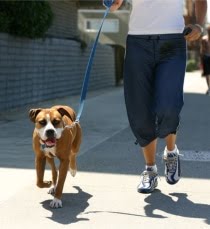
Assessing your dog’s aggression and the risk involved
Aggressive behaviour to other dogs you meet is risky particularly if that aggression is occurring when you are in the ‘public arena’.
When solving aggressive behaviour your first step is to assess the risk of the behaviour and once the risk is clear, then you need to implement the solutions that will reduce the risk as your first priority.
The risk of aggression that occurs when walking your dog or dogs on the street depends on the severity of the aggression, if injuries are occurring when the dogs fight and very importantly, if people are ‘offended’ by your dog’s reaction to their dogs or are threatening Council or legal action.
The risk of aggression that occurs when your dogs meet others includes:-
- the location where the aggression is occurring (on the street, in dogs parks when off lead, in dog shows etc)
- age and size of the victim dogs (e.g. is a victim dog old and frail or is it a small dog or a vulnerable pup?)
- the frequency of the aggression
- the severity of the injuries, if any
- whether people are ‘offended’ by your dog’s reaction and thus if Council or legal action has been threatened
If you are really concerned about your dog’s welfare and Council action and legal risk, then complete this assessment form. We will review that and get back to you with recommended solutions.
But why is my dog aggressive?
That’s not an easy question to answer on a website but we will try.
Firstly, it’s likely some well-meaning folk are telling you that one dog is just ‘being dominant’ over the other.
You need to discard any thoughts of dominance. It’s a non-scientific and simplistic view of domestic pet dogs and their interactions with each other and with us humans.
The most common causes of aggression your dogs shows to others met are:-
- An anxiety disorder created from previous traumatic interactions with dogs (especially when your dog was a youngster). The concept of flight/fight response is relevant to this. Anxiety-based aggression often involves growling and barking vocalisations, lunging, your dog’s hackles being raised and sometimes the ‘showing of teeth’.
- Predatory aggression particularly if your dog’s aggression is directed towards ‘white fluffy’ dogs or fast moving dogs. Predatory aggression is often silent in the early stages.
- Protective aggression where the dog feels the need to protect you or another dog you are walking with. However, protective aggression is just another form of anxiety.
There are certainly other causes of inter-dog aggression and sometimes there is more than one cause.
Behaviour Key
Following is a useful key you can use to ensure you examine all aspects of your pet’s behaviour and the information below is gathered under the headings of this key.
- Are medical problems relevant?
- Can your pet learn, and, if so, how can you teach it to behave?
- How is the problem best managed to help with a solution?
- Will medications or pheromones be needed for this problem?
Are medical problems relevant?
Many medical conditions can make aggression worse.
For instance, pain-related aggression is a very common cause of aggression between dogs. A common scenario is where one dog is a bouncy young dog attempting to rise through the ranks. This dog may bounce at or tease a senior-age dog with, for instance, arthritis. The young dog hurts the older dog who responds by snapping – just like you would if you were suddenly hurt. The young dog sees that as a challenge and responds aggressively causing more pain to the older dog who in turn responds with more aggression. That creates a cascade of aggression which can be catastrophic.
So, if your dog is aged, simple things like arthritis can make aggression worse due to the pain of that condition.
Changes in vision and hearing can also cause aggression between dogs because one dog becomes ‘startled’ by the approach of another and if one dog is losing its vigour that can cause a change in rank.
Other pain-inducing conditions such as itchy skin and ear infections can make a pet ‘cranky’.
Your veterinarian can advise on treatments for all of these conditions.
Now here’s a job for you. If you are intending to ask the team at Cam Day Consulting to assist with the solution, or are being referred by your own veterinarian, we prefer pets to have a health check and MBA blood test done before your consultation with us.
Ideally a thyroid function test is also useful especially if you feel the aggression is ‘abnormal’.
Please ask your vet to complete those tasks before attending your referral.
How can you teach your dog(s) to be non-aggressive?
Teaching a dog to stop being aggressive to another dog is a complex matter.
Firstly consider this question:-
Can your dog learn to be non-aggressive to other dogs?
For a start, when they are immersed in the ’emotion of the moment’, they cannot learn to be non-aggressive .
That means, when your dog is lunging, growling and barking at a dog when you are out and about, no amount of yelling, screaming or hitting will prevent them being aggressive next time. Dogs don’t learn like that. It won’t work.
Also, punishing your dog or dogs AFTER THE EVENT is a total waste of time.
It is usually not helpful to concentrate on punishing the aggression because in most cases that makes the aggression worse, especially as so many aggressive dogs are anxious anyway and punishment makes them more anxious.
So, solving aggression is best done in incremental steps that are successfully achieved ‘before’ the dogs are aggressive.
To learn about using a reward-based technique you need to know about a process called the circle of rewards and the leave routine .
The Leave Routine is like a speed-teaching system that’s created from reward-based cognitive therapies. It simple terms, it’s a fun-based game play routine where your dog learns that the human English word ‘leave’ means the dog-lish action of ‘don’t bite’. But there’s nothing magical about the word LEAVE unless you know how to use that to reward a targeted and defined outcome behaviour.
That’s way too detailed to be shared here so follow the links in the paragraph before.
Considering that your dog is aggressive to other dogs you meet, then you should also refer to this very important sheet Dreaded Walkies as it talks specifically about processes you can use to solve aggression while walking.
In that sheet you will read about the U Turn Technique and another precise process called the Perpendicular Pooch Routine.
You will find more details on the links above and from our team if you need to consult with us.
However, sometimes with aggression, teaching dogs to be non-aggressive is very difficult and extremely risky and particularly so because you don’t know how other dogs will respond to your dog when you are out and about.
If your dog’s problem is serious, we advise you to seek professional help from our team at Cam Day Consulting.
How aggression to other dogs best managed?
Management of a behaviour refers to those things you may do that won’t solve the underlying ’emotion’ that causes the problem but stops the problem from occurring usually by AVOIDING it.
This article talks about managing aggression in detail.
To give an example, with inter-dog aggression, management often means keeping your dog away from other dogs that you would normally meet on the street.
There are many ways of doing that but they include:-
- walking in areas devoid of other dogs
- walking at times when other dogs don’t walk
- avoiding areas where dogs accumulate such as dog parks
That’s complex and you should contact us for more information on the advantages and disadvantages of that.
If your dog barks excessively at dogs that pass by your home, you may need better fences to stop your dog seeing passing dogs.
Attention to what you walk your dog on is also important. Some are better on head halters, some are better on collars and some are better on specially designed harness.
Sometimes an usual device called a calming cap is useful but caution is needed as to when and how they should be used.
Will homeopathic preparations, pheromones, or medications be needed for his problem?
Some aggressive dogs cannot be calmed by training alone and need other ‘agents’ to reduce their anxiety.
For low-level cases of anxiety that cause aggression the homeopathic preparation Homeopet anxiety relief may be beneficial.
Pheromones such as the Adaptil Spray can be useful for aggression on the street.
You will need to apply the Adaptil Spray to a bandana you place on your dog’s neck at least 15 minutes before you leave. If it works for your dog, the effect will last for about 1 – 2 hours.
What about medications?
While they are not always needed, for the right problem they can literally be life-saving.
Medications used for pet behavioural disorders are true mood-modifying medications and, when used correctly, should have minimal to no side effects.
However, all medications are prescription-only preparations and you will need to see your veterinarian or the vets at Cam Day Consulting for the supply of medications. Click here more information on medications for pet behavioural problems.
A summary of the process
So, solving aggression between dogs that you meet while walking involves the following:
- Being aware of the risk involved and avoiding aggression at all costs to minimise that risk. Remember, people are often injured when dogs fight with each other.
- Considering any medically-related problems such as painful conditions and having them treated as needed.
- Carefully teach your dog not to be aggressive by teaching your dog what he or she needs to know with the leave routine and then applying that sequentially to the problem
- Consider if your dog needs calming with homeopathic preparations, pheromones or medications.
- Reviewing your success honestly to ensure you are progressing
- And seeking professional attention if you can’t do it on your own.

